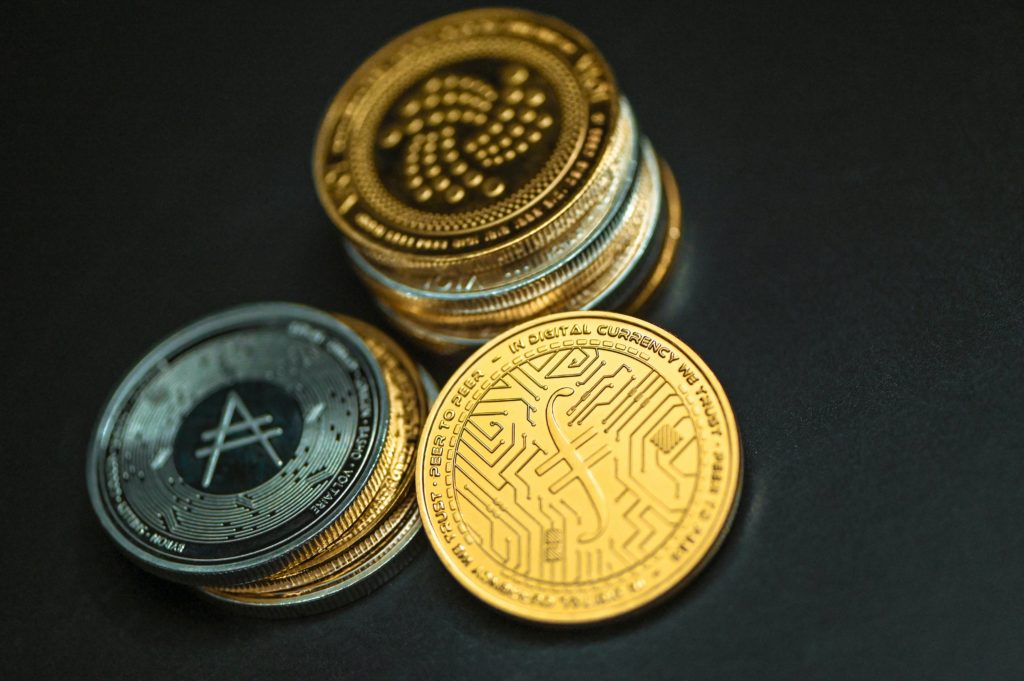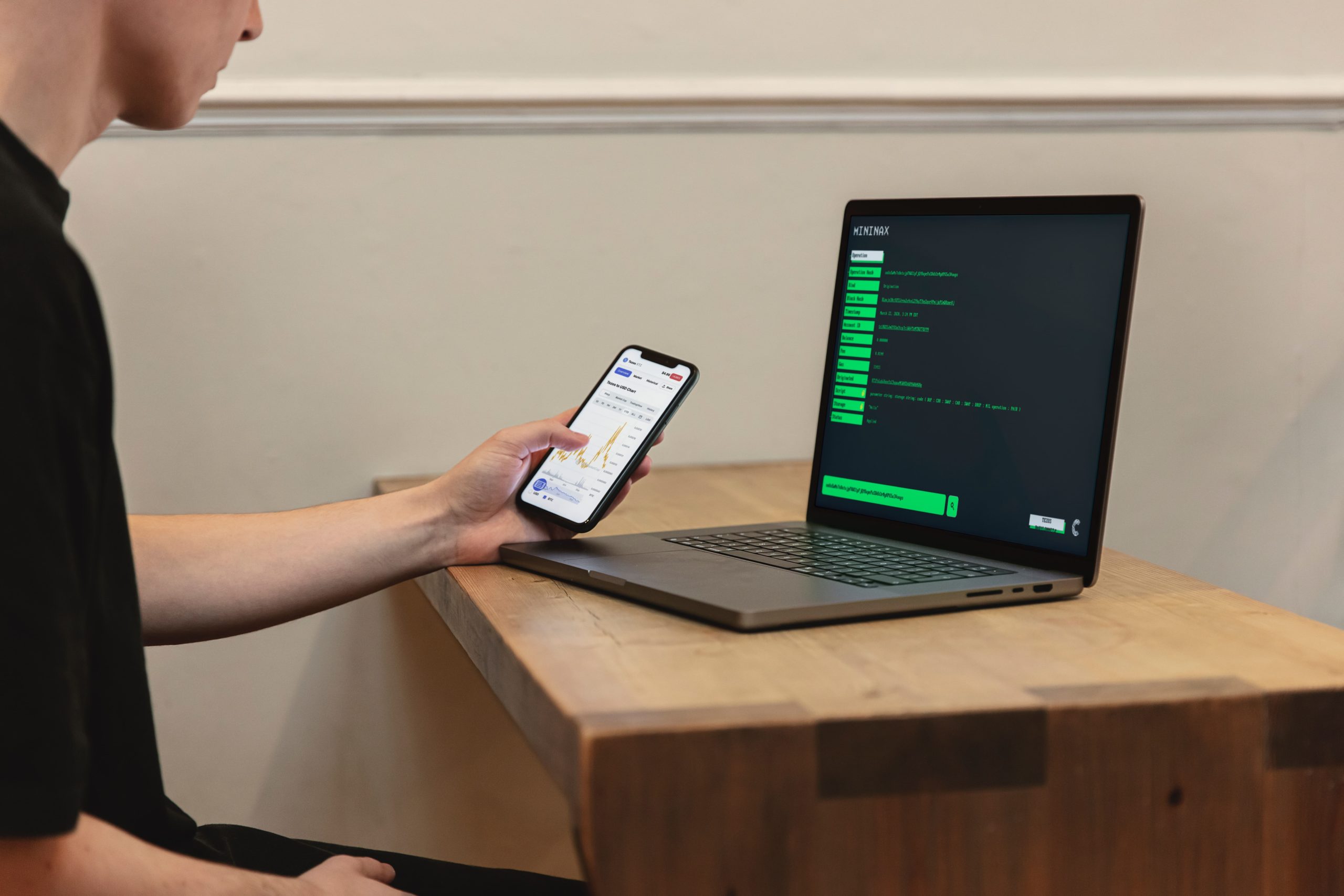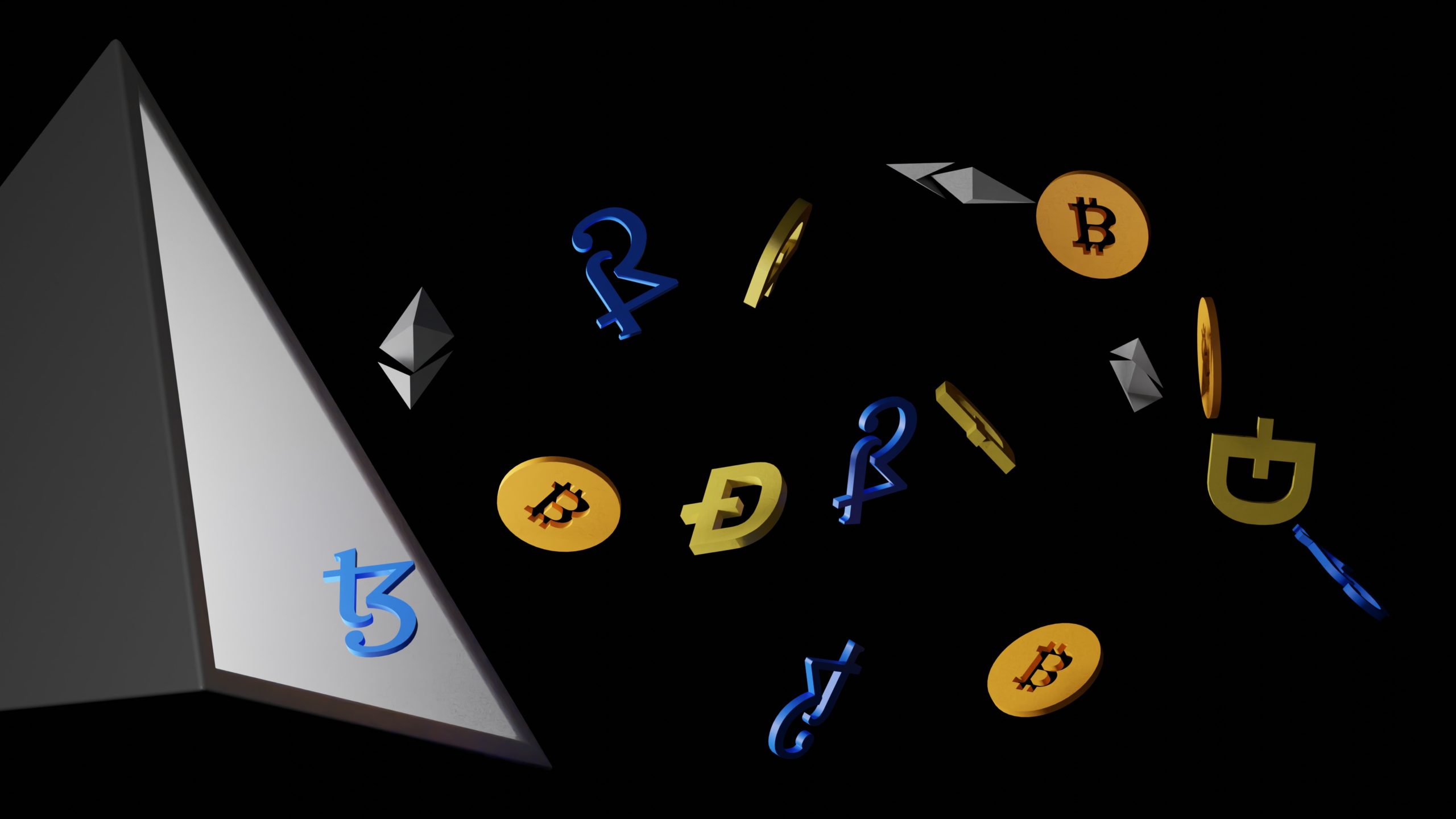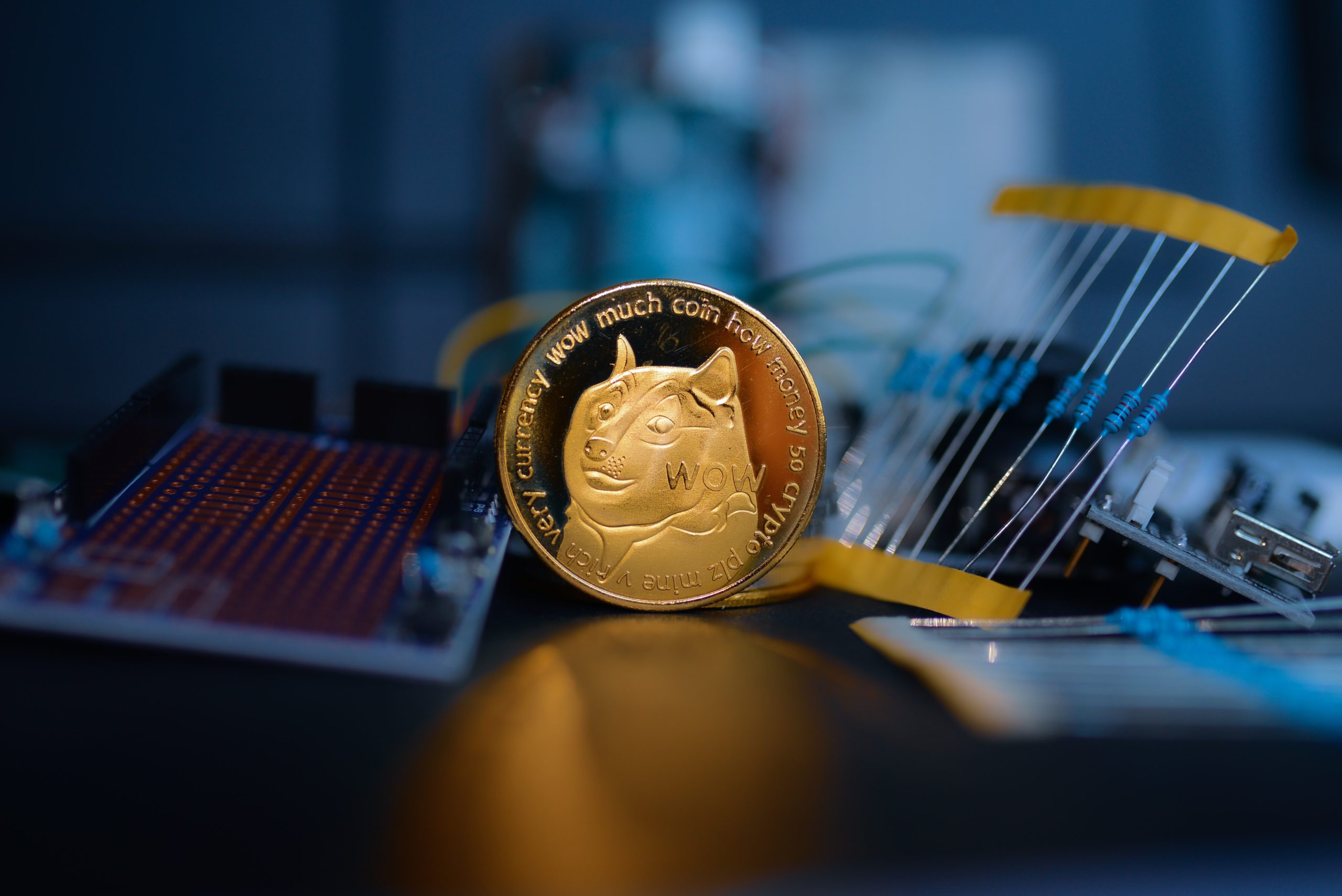The utility token UNUS SED LEO is used in the iFinex ecosystem. The unusual name is taken from a Latin passage from Aesop’s fable. Bitfinex users may be able to lower their trading fees by utilizing cryptocurrency. The discounts are separated into three categories, and the amount of the discount is determined by the amount of LEO in the consumer’s account. There are differences between trading pairs that are crypto-to-crypto or crypto-to-stablecoin. Unlike many other cryptocurrencies, UNUS SED LEO, which launched in May 2019, is not meant to survive permanently.

Founders
After the government seized part of the funds held by Crypto Capital, the company that processed its payments, iFinex established UNUS SED LEO. IFinex, Bitfinex’s parent company, has issued a warning that it may not be able to recover these funds. To compensate for the monetary shortfall, it decided to launch the LEO token. To make up for the money lost, iFinex revealed plans to gradually buy back the token from investors until none are left floating on the market. A transparency project was also launched so that the crypto community could keep track of its progress and ensure it was meeting its stated objectives.
The characteristics
iFinex is committed to monthly market purchases of UNUS SED LEO via a token burn mechanism. The amount purchased and burned reflects at least 27% of iFinex’s revenue, and tokens are purchased at market value. In a press statement at the time, the firm said that the burn process would continue until all tokens were redeemed. LEO tokens were published on two blockchains, as opposed to most cryptocurrencies, which only debut on one. EOS retained the remaining 36% of the original supply, whereas Ethereum had 64%.
The usefulness of the LEO token
The token offers taking a fee and lending fee reductions for all platforms, commodities, and services provided by iFinex. The LEO Token also provides a decrease in derivatives taker costs as well as a 25% reduction in withdrawal and deposit fees. Because Bitfinex and EOSfinex are iFinex-affiliated platforms, the same discounts apply to them as well. Owners of LEO tokens will get similar discounts on any future platforms launched under the iFinex brand. If the trader has specific tokens in their portfolio, a 25% cut will be made in LEO first. Withdrawal and deposit cost reductions allow users to withdraw up to $2 million without fees if they have more than $50 million in tokens (on average over the preceding month). Instead of a 3% charge, every sum above $2 million is subject to a 2% fee. It is vital to remember that the tokens will be burned to steadily diminish the supply. According to the whitepaper, iFinex burns tokens every month, purchasing back LEO in amounts equal to at least 27% of the previous month’s aggregated total profits.
How it works
UNUS SED LEO is a cryptocurrency that can be purchased on Bitfinex, Gate.io, OKEx, and other exchanges. LEO is often traded against the US dollar, the USDT stablecoin, Bitcoin, and Ethereum. The circulating amount of the token is meant to diminish over time. The original supply target was one billion units. For ten days, a total of $1 billion was raised by selling LEO at $1 apiece in a 1:1 ratio with the Tether stablecoin. At the time of its debut, there were 660 million ERC-20 tokens and 340 million EOS-based tokens, and Bitfinex made converting between the two chains straightforward. These currencies are built on the EOS and Ethereum platforms. Bitfinex has made accessible a dashboard that displays real-time statistics on the quantity and amount of the tokens burned. Comparisons of daily LEO burns are shown on bar charts.









